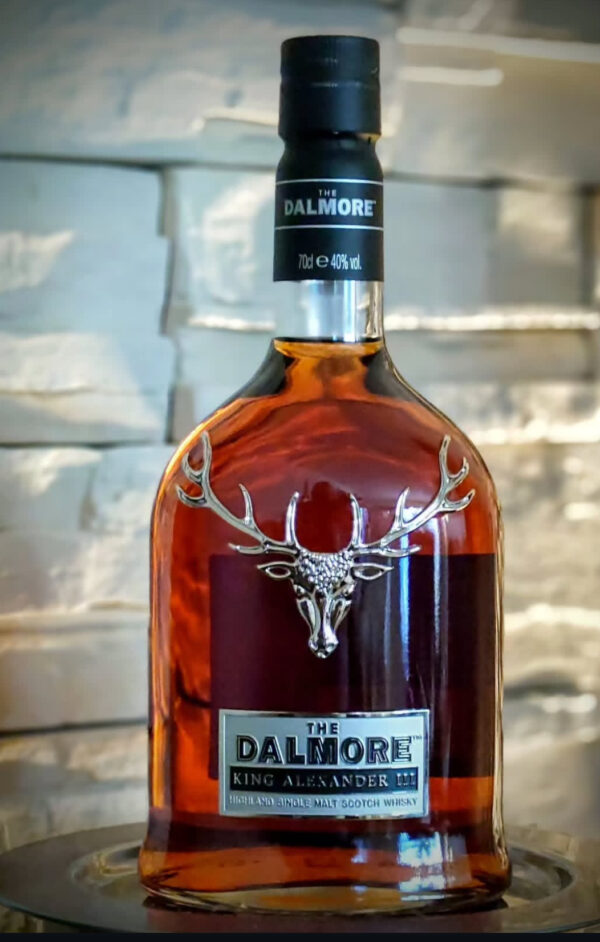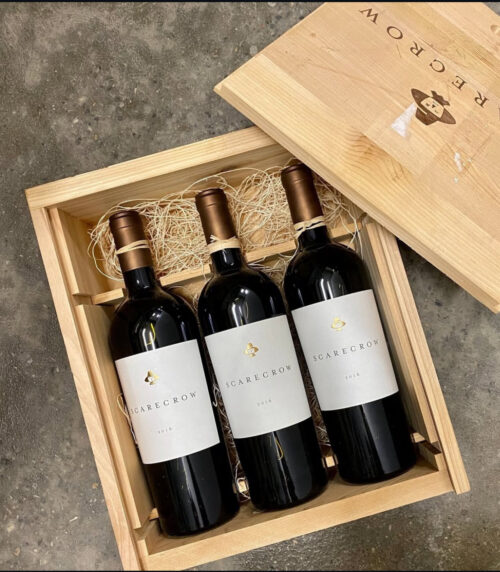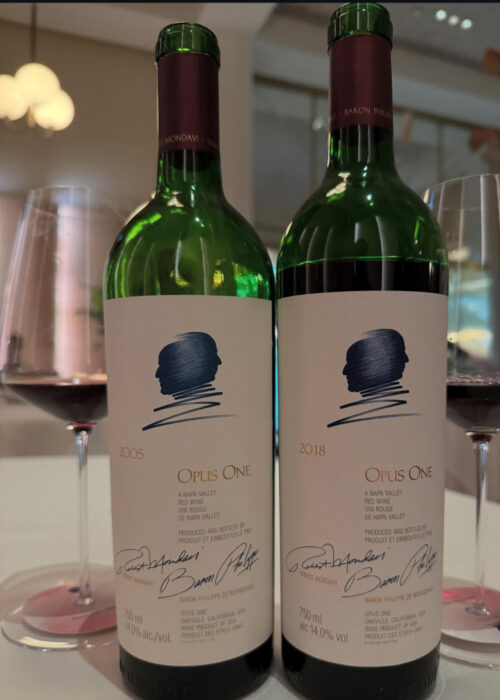Dalmore Single Malt Scotch: A Legacy of Luxury and Craftsmanship
Introduction
Nestled in the Scottish Highlands, The Dalmore Single Malt Scotch distillery stands as a beacon of luxury and tradition in the world of single malt Scotch whisky. Renowned for its rich history, meticulous craftsmanship, and iconic stag emblem, Dalmore has captivated connoisseurs and collectors alike. This 2000-word article delves into the distillery’s heritage, production secrets, celebrated expressions, and cultural significance, while answering the most searched questions about this illustrious brand.

Historical Background of Dalmore Single Malt Scotch
Origins and Clan Legacy
Founded in 1839 by Alexander Matheson, The Dalmore distillery in Alness, Ross-shire, traces its roots to the Mackenzie clan. In 1263, Clan Chief Colin Mackenzie saved King Alexander III from a charging stag, earning the right to adorn the family crest with the royal stag’s head—a symbol still gracing every Dalmore bottle.
The 20th Century and Ownership
In 1867, the Mackenzie family took over operations, with descendants like Sir Alexander Matheson and later the Whyte & Mackay group (acquired in 1960) steering its legacy. Master Distiller Richard Paterson, known as “The Nose,” has shaped Dalmore’s profile since 1970, blending tradition with innovation.
Production Process of Dalmore Single Malt Scotch: Art Meets Science
Location and Ingredients
-
Water Source: The River Alness provides soft, mineral-rich water.
-
Barley: Opts for high-quality Scottish barley, often malted to precise specifications.
Distillation and Maturation
-
Stills: Unique flat-top copper stills (four wash, four spirit) with cold water jackets for reflux, creating a rich, robust spirit.
-
Cask Strategy: A three-stage aging process:
-
Ex-Bourbon Barrels (American white oak) for vanilla and citrus notes.
-
Sherry Casks (Gonzalez Byass Matusalem oloroso) for dried fruit and spice.
-
Specialty Casks (Port, Madeira, Marsala) in limited editions.
-
The Richard Paterson Touch
Paterson’s blending expertise ensures harmony between cask influences, often using older reserves to layer complexity.
The Dalmore Single Malt Scotch Range: From Core to Collector’s Gems
Core Expressions
-
Dalmore 12-Year-Old:
-
Profile: Citrus, vanilla, and hints of cocoa.
-
Maturation: Ex-bourbon and sherry casks.
-
-
Dalmore 15-Year-Old:
-
Profile: Orange marmalade, cinnamon, and chocolate.
-
Maturation: Sherry casks (Matusalem, Apostoles, Amoroso).
-
-
Dalmore 18-Year-Old:
-
Profile: Toffee, dark chocolate, and spices.
-
Maturation: American oak and Matusalem sherry casks.
-
-
King Alexander III:
-
Profile: Red berries, espresso, and nutmeg.
-
Maturation: Six cask types (Bourbon, Madeira, Marsala, Port, Sherry, Cabernet Sauvignon).
-
Limited Editions and Collectibles
-
Constellation Collection: Rare vintages (e.g., 1973, 1981) aged up to 45 years.
-
Trinitas: One of the first whiskies priced over $100,000.
-
Dalmore 62: Sold for £125,000 in 2005, now a symbol of ultra-luxury.
Tasting Notes: A Symphony of Flavors
-
Dalmore 12: Bright citrus, honeyed malt, and a whisper of oak.
-
Dalmore 15: Silky with stewed fruits, ginger, and dark chocolate.
-
Dalmore 18: Velvety texture, dried figs, and espresso bitterness.
-
King Alexander III: Multi-layered with tropical fruits, vanilla, and a peppery finish.
Cultural Impact and Collectibility
Pop Culture and Prestige
-
Featured in films like Kingsman: The Golden Circle.
-
A favorite among celebrities and royalty, symbolizing opulence.
Auction Phenomenon
-
Rare bottles like the Dalmore 62 and Trinitas fetch six-figure sums at Sotheby’s and Christie’s.
Marketing Mastery
-
Collaborations with luxury brands (e.g., Louis Vuitton trunk sets).
-
Emphasizes storytelling through its clan heritage and cask artistry.
People Also Ask Dalmore Single Malt Scotch: Common Questions Answered
-
Why is Dalmore so expensive?
Limited editions use rare casks and decades-old reserves, with meticulous handcrafting. -
How should I drink Dalmore?
Neat or with a drop of water to unlock aromas. The 12-Year-Old also shines in a Whisky Sour. -
What makes Dalmore unique?
Flat-top stills, multi-cask maturation, and Richard Paterson’s blending genius. -
Is Dalmore a Highland or Island whisky?
Highland, though its coastal location adds subtle maritime notes. -
What’s the best Dalmore for beginners?
Dalmore 12, offering approachable citrus and vanilla notes. -
Does Dalmore add color or chill-filter?
Uses natural caramel coloring and chill-filtration for consistency. -
Who owns Dalmore?
Whyte & Mackay, a subsidiary of Philippines-based Emperador Inc. since 2014. -
Awards and accolades?
Multiple San Francisco World Spirits Competition gold medals and IWSC trophies. -
Age statement vs. NAS?
Core range has age statements; limited editions like Luminary may not. -
Investment potential?
Limited editions appreciate significantly, especially rare vintages and decanters.
Conclusion
The Dalmore Single Malt Scotch distillery is a masterclass in balancing heritage with innovation. From its storied past rooted in Scottish clans to its groundbreaking cask techniques, Dalmore continues to redefine luxury in the whisky world. Each expression is a testament to patience and artistry, inviting drinkers to savor not just a spirit, but a legacy. As Richard Paterson aptly states, “A great whisky is like a great story—you remember where you were when you first experienced it.”* Dalmore’s story, rich and enduring, promises to captivate for generations to come.






Reviews
There are no reviews yet.